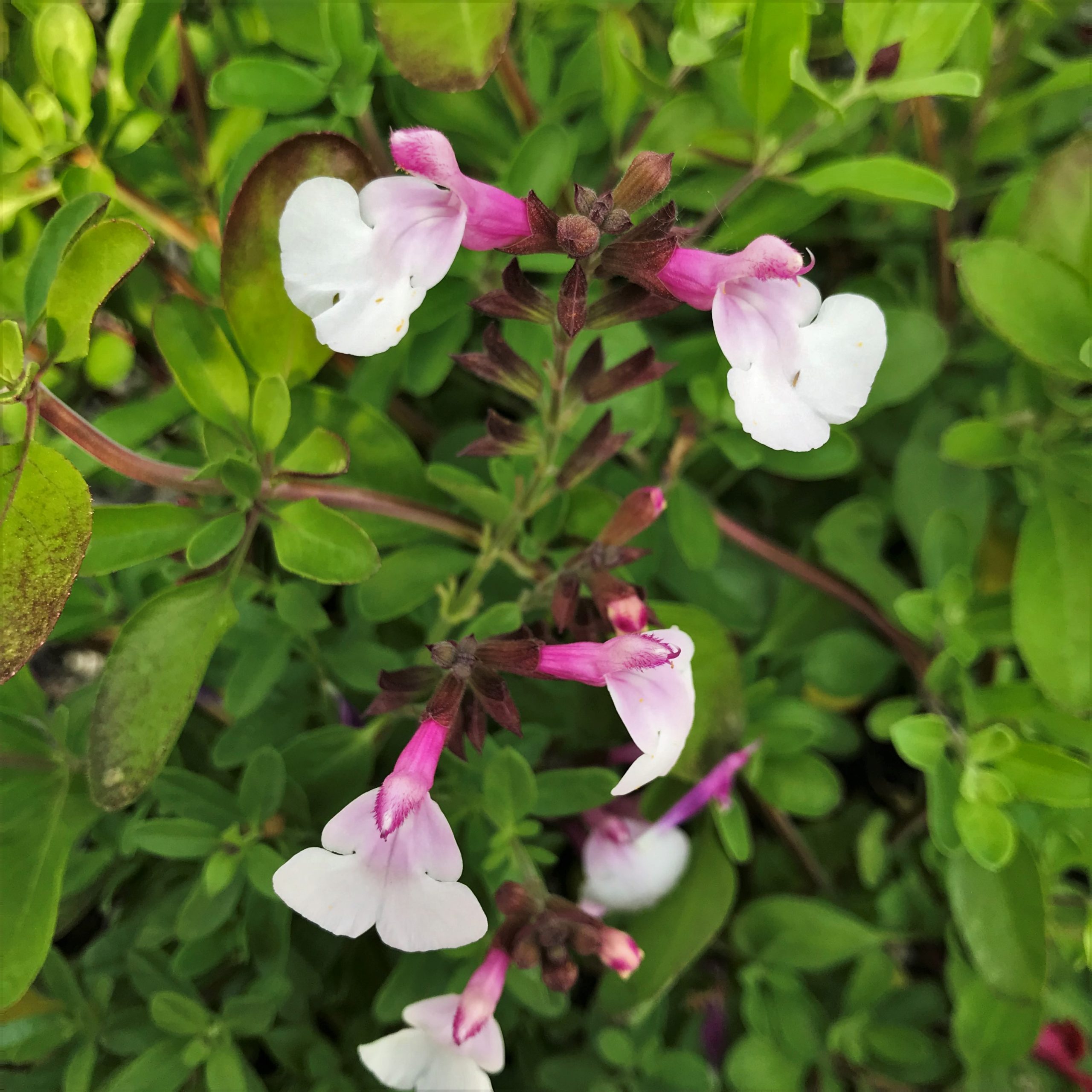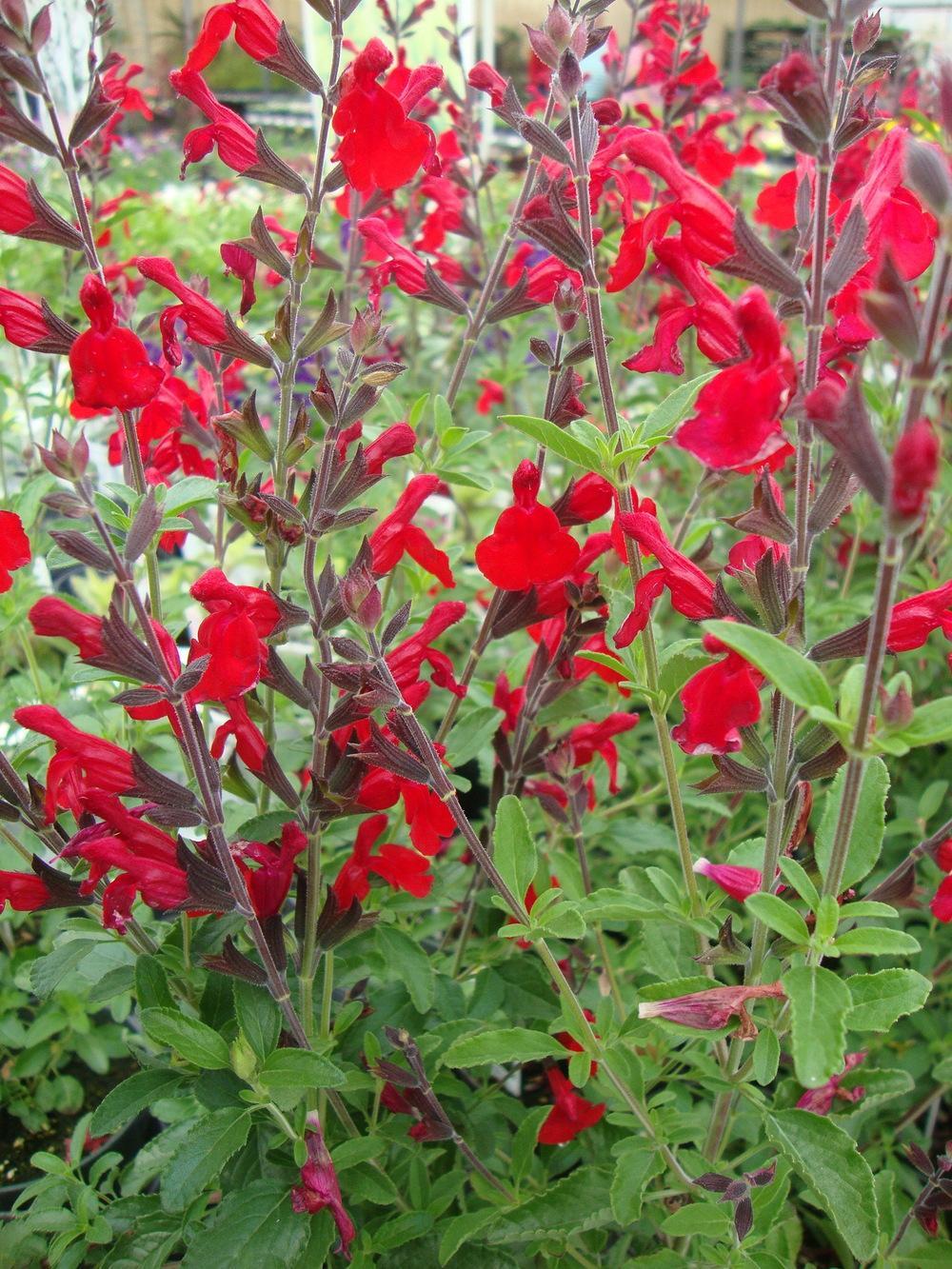


Incorporate the fertilizer into the soil according to package instructions. In the absence of soil test results, apply a slow-release fertilizer formulated for annuals when planting annual salvias. For more information on submitting a soil sample for testing, see HGIC 1652, Soil Testing.

For best results, amend the soil prior to planting according to the results of a soil test. The best time to plant salvias is in spring after the danger of frost is passed. Most salvias prefer slightly acidic soils. Excessive water and fertilizer can increase fungal disease problems for salvias. Once established, most salvia species are quite drought-tolerant and require little care.
#AUTUMN SAGE SALVIA FULL#
Most salvias prefer full sun and well-drained soils, but some will bloom well in part shade. Depending on the species, salvias range in width from 12 inches to 4 feet.

Some species reach 5 to 6 feet within a season, while others grow low enough to be used along flower bed edges. The genus Salvia exhibits a wide range of forms and habits however, most species grow rapidly. Salvias are also deer and rabbit resistant due to their pungent foliage. One benefit of growing salvias is their appeal to hummingbirds, butterflies, and other pollinators. As some of the best summer-blooming annuals and perennials, salvias can be used for mass plantings, borders, containers, accents, and cut flowers. Salvias have brilliantly colored flowers, square stems, and attractive, often scented foliage. They provide an incredible variety of fragrance, bloom, plant habit, and color. Salvias (also known as sages) are popular garden plants because they flower for an extended period and do well in hot, dry conditions. Joey Williamson, ©2007 HGIC, Clemson Extension Read on for 10 popular salvia species to consider for your garden.Mexican Bush Sage ( Salvia leucantha) flowers in autumn. Deadhead flowers in midsummer when they fade and become brown to encourage more blooms.Be sure to use an insecticidal soap if you see evidence of an infestation. Salvias do not have many problems with diseases and only a few pests bother the plants, such as aphids, spider mites, and whiteflies.The best place to plant any salvia is in a spot with full sun and well-draining soil.Plant salvia in the spring around late May or early June well after the last frost has passed.If nothing else, these plants are guaranteed to inject dependable color into your garden design. The majority of salvia plants are known for their long bloom period, which sometimes can extend from late spring into fall. While most salvia species are technically perennials, some of the most popular are more often planted as annuals in colder regions. The Salvia genus fits into the mint (Lamiaceae) family of plants, and, predictably, many of these species have a strong, pleasant scent, making them attractive to bees, butterflies, and hummingbirds. There are more than 1,000 species in the genus, many of which carry the common name "sage" and dozens of which are common garden plants. Salvia is quite a large genus of plants that includes annuals, perennials, and even shrubs. The Spruce Home Improvement Review Board.


 0 kommentar(er)
0 kommentar(er)
